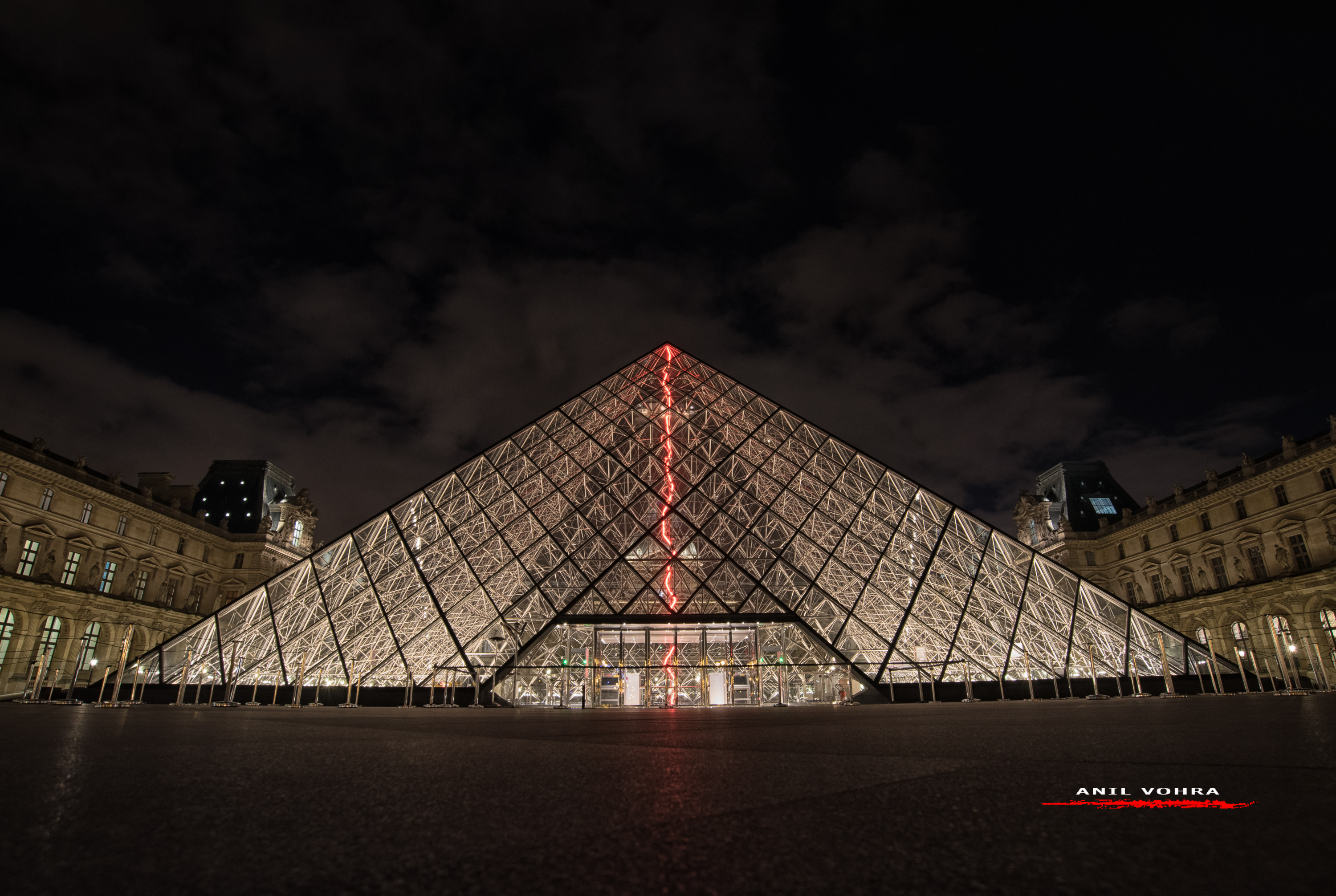
Certainly, the oft-repeated assertion that the Parthenon is based on the golden ratio is not supported by actual measurements. This may be true, but modern historians question the claim. Having found their golden ratio, the Greeks incorporated it into their architecture, ensuring that wherever they went in their cities, their eyes would be met with glorious rectangles. But I have a lot of sympathy with the math major in Langdon’s class who raises his hand and says, “Phi is one H of a lot cooler than pi.” π is hot, but φ is cool. Of the two numbers, mathematicians would say that π is more important than φ. In mathematician’s language, the number φ is “irrational.”Īs an irrational number, φ is like that other mathematical constant π, whose infinite decimal expansion begins 3.14159. If you try to use the formula to calculate its value, you will discover that the decimals keep on appearing. Like the ancient Hebrews who could never know the true name of God, we will never know the true numerical value of φ. Unlike authors of best-selling novels, when Mother Nature writes a mystery, she often keeps us from finding the whole answer. Strictly speaking, this is not exactly the golden ratio. When Langdon begins his Harvard lecture on the divine proportion, he begins by writing the number 1.618 on the chalkboard. Believing that the purest and most aesthetically pleasing form of thought was mathematics, they used math to come up with an answer (see “How the Greeks Found φ,” page 69).

The Greeks, with their love for symmetry and geometric order, searched for what they felt was the most pleasing rectangle. The story of φ begins, like so many mathematical tales, in ancient Greece. The quest to uncover the φ Code, as I’ll call it, provides a story with almost as many surprising turns, puzzles, and false leads as The Da Vinci Code. The divine proportion - which is sometimes represented by the Greek letter φ, generally written in English as phi and pronounced “fie” - is one of nature’s own mysteries, a mystery that was fully unraveled only 10 years ago. As with the novel’s many religious, historical, and art references, some of the things Langdon says about the golden ratio are false - or at least stretch the truth.
Da vinci code ending series#
In his lecture, Langdon makes a series of amazing claims about the prevalence of the divine proportion in life and nature, and I suspect many readers tacitly assume most of it is fiction. It’s a fantastic plot that intertwines art history and 2,000 years of church politics.īut what of the mathematical clue? In Chapter 20, Langdon recalls a lecture he gave at Harvard on the Fibonacci numbers and the closely related constant that is his favorite number: the golden ratio, also known as the divine proportion.
Da vinci code ending cracked#
Having cracked the first two of what turn out to be a whole sequence of secret codes, Langdon and Neveu find themselves on a fast-paced adventure that eventually threatens their lives as they uncover a sinister conspiracy within the Roman Catholic Church. A young French code breaker named Sophie Neveu makes the same observation and explains that the Fibonacci sequence is one of the most famous mathematical progressions in history.


They are the first eight members of the Fibonacci sequence, written in a jumbled order.

Langdon, whose specialty is religious symbology, soon figures out that the words are a pair of anagrams for “Leonardo da Vinci” and “the Mona Lisa.” But what about those numbers? They may puzzle Langdon for a while, but any mathematician will recognize them at once. Harvard University Professor Robert Langdon, the hero of Dan Brown’s best-selling novel The Da Vinci Code, is initially baffled by the message, scrawled in invisible ink on the floor of the Louvre in Paris by a dying man with a passion for secret codes. Langdon read the message again and looked up at Fache.


 0 kommentar(er)
0 kommentar(er)
